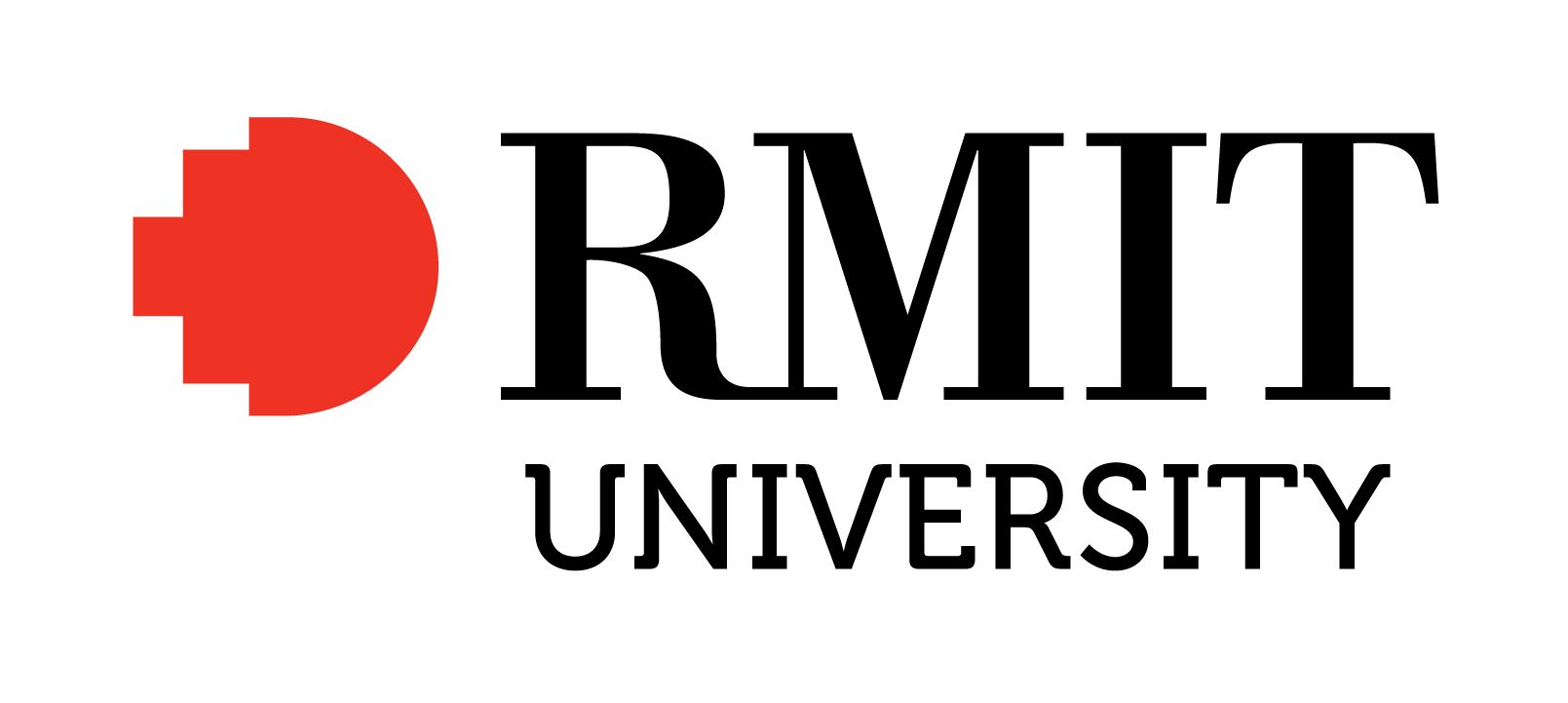Full description
BACKGROUND First Breath Last Breath is a work of presence and performance in the context of current international developments in the use of pneumatic art that focuses on the use of air, often through an object or encased within an object. The use of the body as the object and the pneumatics inherent (as breathing) are less recognised, the interstice between the finished work and the performance even less. Informed by an untimely death, and that loss of the 'breath of life', Barberis' work has two aspects, an installation and a performance. The former was a free standing constructed wall, painted in highly chromatic colour rhythms to transform a strict formalist linear work as one viewed the entirety of the object. It reflected the actual visualisation of the 'last breath' through the mechanical interventions of a hospital environment. The performance involved drawing on all the walls as co-artist Mike Parr's breath heaved in and out (as captured on video). CONTRIBUTION The performance, Barberis scribing texts of the Apocalypse onto darkened walls, was broadcast as live video feed, as well as being an immersive environmental work that covered the dark walls of the gallery space. Loud inhalations and exhalations from Parr's Breathless alongside Barberis' performance, created infractions of meaning around life and death, pleasure and dread. This innovatively explored responses to ideas of human fragility and interpretations of belief, through the performative landscape of language and identity. SIGNIFICANCE Part of a short residency at Bury Museum and Art Gallery, Barbaris also gave three talks to visiting students. Working with Mike Parr, Australia's most established performance artist, attests to the importance of this particular work. The Director of Bury Art Museum, Tony Trehy, wrote a catalogue essay. The exhibition was also funded by Metasenta and the Po and Helen Chung Foundation.Issued: 2011-01-01
Created: 2024-10-30
Subjects
User Contributed Tags
Login to tag this record with meaningful keywords to make it easier to discover
Identifiers
- DOI : 10.25439/RMT.27347049.V1



